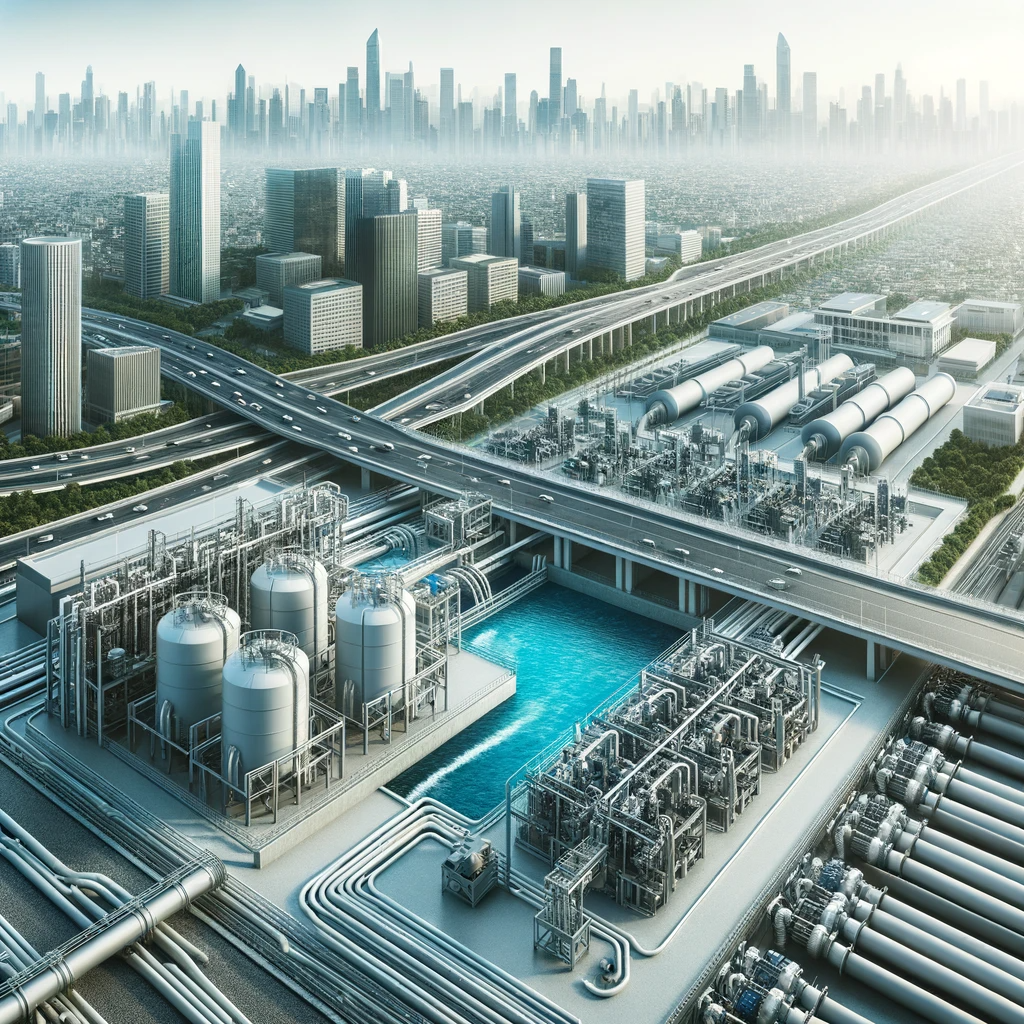In the realm of urbanization, the management of waste water supply stands as a keystone for sustainable growth. As cities burgeon and populations soar, the significance of effectively handling waste water has never been more pressing. This comprehensive guide delves into the vast expanse of waste water supply, its contemporary challenges, and the innovative solutions driving change.

Defining Waste Water Supply
At its core, waste water supply encapsulates the systems and infrastructure responsible for collecting, treating, and reusing or disposing of water after it has been utilized in households, industries, and businesses.
Waste Water’s Pathway: From Usage to Renewal
- Collection: Originating from sinks, toilets, factories, and more, waste water starts its journey entering the sewage system.
- Treatment: This waste water, laden with contaminants, is then ushered to treatment plants where it undergoes rigorous processes to render it harmless.
- Release or Repurposing: Once treated, it’s either reintroduced into natural bodies of water or repurposed for non-potable uses, such as landscaping irrigation.
The Imperative of Waste Water Management
- Guarding the Environment: Discharging untreated waste water jeopardizes aquatic ecosystems and contaminates essential water reserves.
- Preserving Public Health: Effective treatment is paramount in curbing the spread of waterborne diseases.
- Economic Rewards: Reclaiming and reusing treated water can mitigate the strain on dwindling freshwater resources, culminating in long-term financial savings.
Innovations in Waste Water Treatment
Modern waste water supply systems are witnessing a technological renaissance:
- Membrane Bioreactors (MBRs): A synergy of membrane processes, such as ultrafiltration, with biological wastewater treatments.
- Advanced Oxidation Processes (AOP): Utilizing chemical reactions or UV irradiation to annihilate stubborn pollutants.
- Artificial Intelligence (AI) and IoT: Pioneering real-time monitoring and predictive analytics for waste water systems, optimizing efficiency.
Envisioning a Circular Future for Waste Water
Reimagining waste water not as an end-product, but a resource, unveils numerous possibilities:
- Nutrient Recovery: Extracting essential nutrients, like phosphates, for agricultural applications.
- Bioenergy Production: Leveraging anaerobic processes, waste water can be transformed into biogas, a renewable energy conduit.
- Aquifer Replenishment: Purified waste water can be channeled to replenish depleting groundwater reserves.
Challenges and Road Ahead
The voyage isn’t devoid of challenges: hefty infrastructure expenditures, public skepticism, and bureaucratic red tape being predominant. But, with escalating public cognizance, incentivized governmental initiatives, and relentless technological evolution, these challenges are progressively eroding.
Conclusion
Waste water supply, a topic often relegated to the sidelines, is, in fact, central to global sustainability endeavors. A holistic understanding, paired with judicious investments in technology and public outreach, can usher in an era where waste water is not just managed, but harnessed for a brighter, sustainable future.